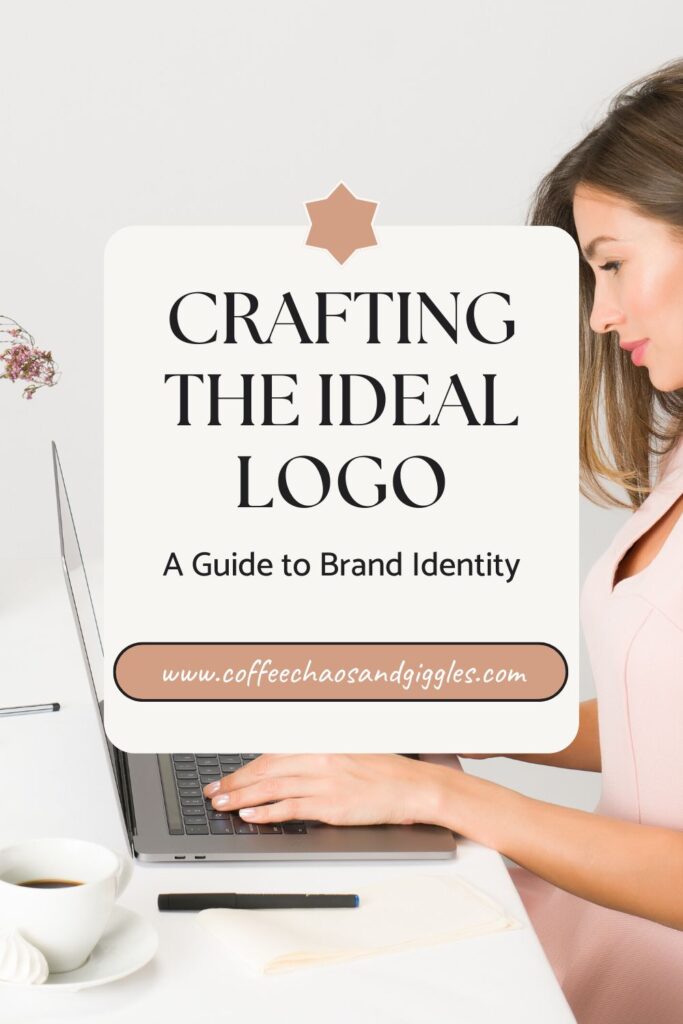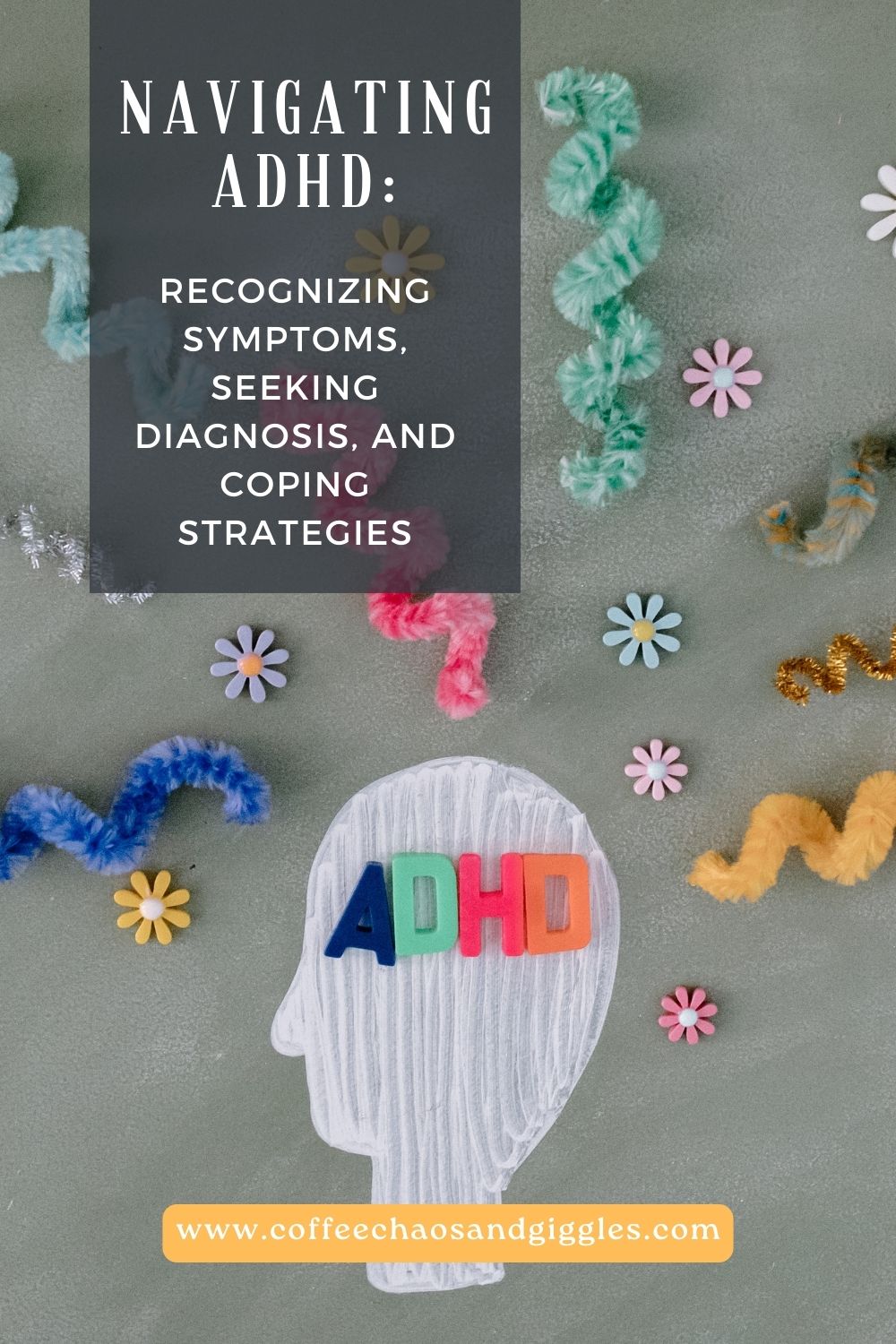Crafting the Ideal Logo: A Guide to Brand Identity
In the vast sea of businesses and brands, standing out is not just an option; it’s a necessity. Your logo is the face of your brand, the visual representation that communicates your identity, values, and purpose at a glance. Crafting the perfect logo requires more than just aesthetic appeal; it demands a deep understanding of your brand and its audience. In this guide, we’ll delve into the art and science of creating a logo that resonates with your target audience and leaves a lasting impression.

1. Know Thyself: Understanding Your Brand
Before putting pen to paper (or cursor to screen), take the time to define your brand identity. What sets you apart from competitors? What values do you embody? What emotions do you want to evoke in your audience? Understanding these aspects of your brand will serve as the foundation for your logo design.
2. Research, Research, Research
Once you’ve defined your brand identity, research is key. Explore your industry landscape, analyze competitor logos, and identify trends. This will help you understand what works, what doesn’t, and where you can find opportunities to differentiate yourself.
3. Simplicity is Key
The most effective logos are often the simplest. Think of iconic logos like Nike’s swoosh or Apple’s bitten apple. They are instantly recognizable and easy to remember. Aim for clarity and simplicity in your design, avoiding clutter and complexity.
4. Versatility Matters
Your logo will appear across various platforms and mediums, from business cards to billboards to social media profiles. Ensure that your logo is scalable and versatile enough to maintain its integrity and legibility across different sizes and formats.
5. Color Psychology
Colors have a profound impact on human psychology and can evoke specific emotions and associations. Choose colors that align with your brand personality and resonate with your target audience. Consider the cultural and psychological connotations of different colors when making your selection.
6. Typography Matters
The typography you choose for your logo can convey as much meaning as the visual elements. Select fonts that reflect your brand’s personality and are legible across different platforms. Avoid trendy fonts that may quickly become outdated and opt for timeless elegance instead.
7. Test and Iterate
Once you’ve created a preliminary design, gather feedback from trusted sources, including team members and target audience members. Pay attention to their reactions and iterate on your design accordingly. Testing your logo in different contexts and scenarios can reveal insights that will help you refine your final design.
8. Legal Considerations
Before finalizing your logo, it’s crucial to ensure that it is legally protectable. Conduct a trademark search to confirm that your logo is unique and doesn’t infringe on existing trademarks. Consider consulting with a legal professional specializing in intellectual property to safeguard your brand assets.
9. Future-Proof Your Design
While it’s essential to stay current with design trends, strive for a timeless quality in your logo. Avoid overly trendy elements that may quickly become outdated, and instead focus on creating a design that will stand the test of time.
10. Flexibility and Evolution
As your brand grows and evolves, so too should your logo. Don’t be afraid to revisit and refine your logo over time to ensure that it continues to reflect your brand identity and resonates with your audience.
In conclusion, creating the perfect logo for your brand is a blend of art and science, creativity and strategy. By understanding your brand identity, conducting thorough research, and focusing on simplicity, versatility, and timeless design principles, you can craft a logo that not only captures the essence of your brand but also captivates your audience and leaves a lasting impression.



